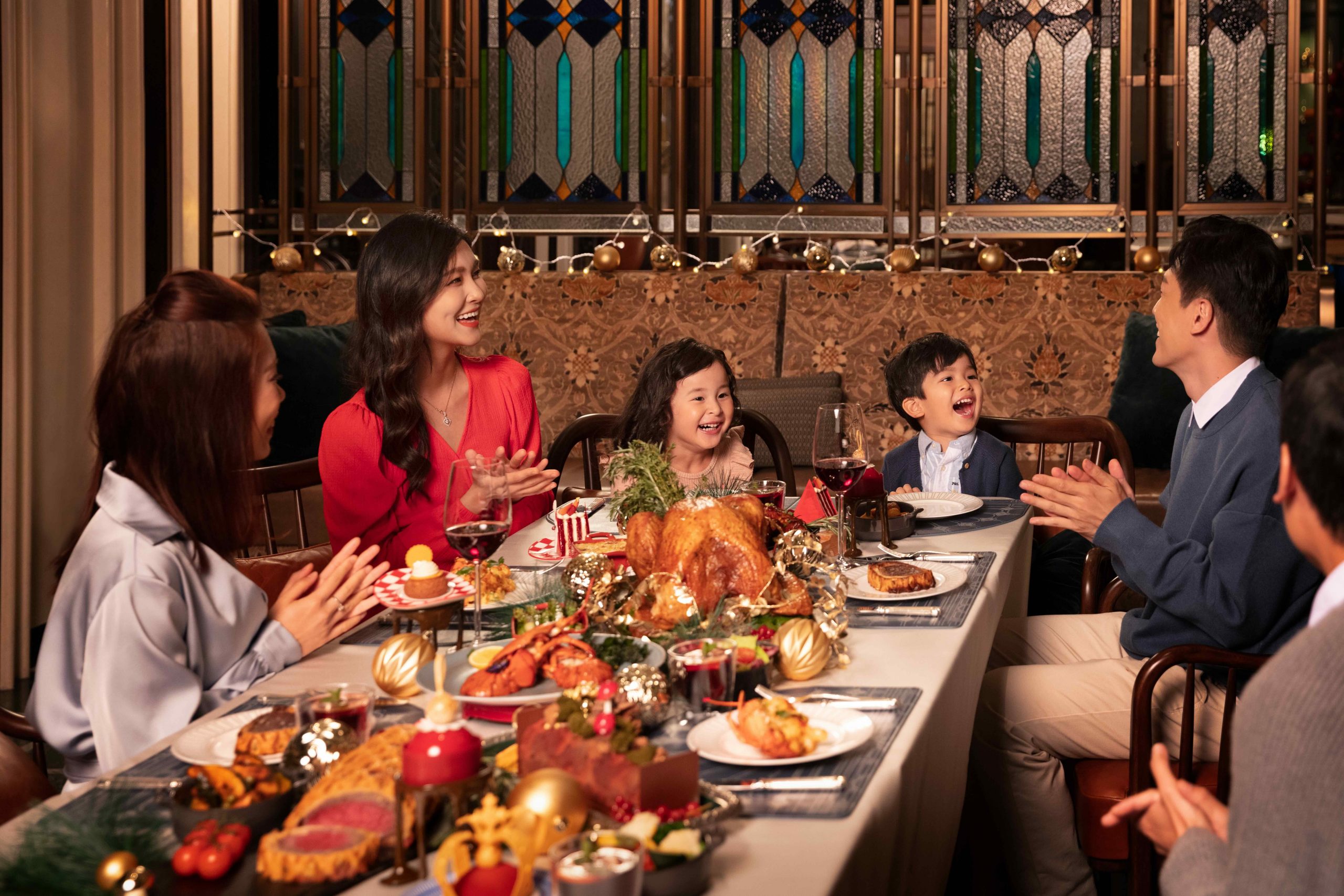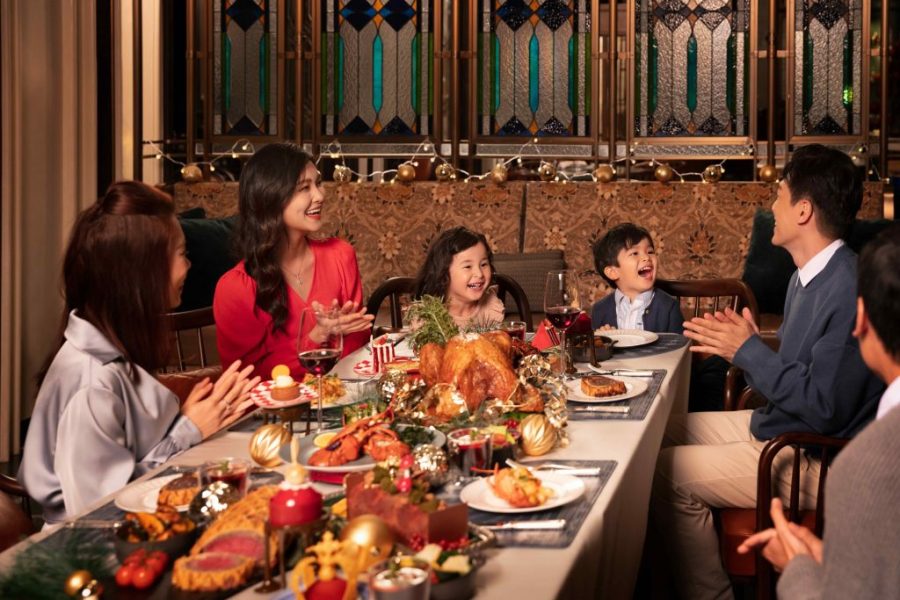Christmas is a time of magic and wonder, celebration and joy. It’s also a time to come together with loved ones and indulge in festive feasts as enchanting as the season itself.
You won’t have to look far! Over a dozen Sands China Ltd. restaurants have crafted decadent holiday menus to enjoy with friends and family. Available during the festive season, these dishes take inspiration from classic European Christmas traditions to offer a world of magical flavours that will transport you to Lisbon, London and Lyon.
From bacalhau to bûche de Noël and Beef Wellington, we delve into the stories behind a few of these cherished treats.
From Portugal: Bacalhau (salted cod)
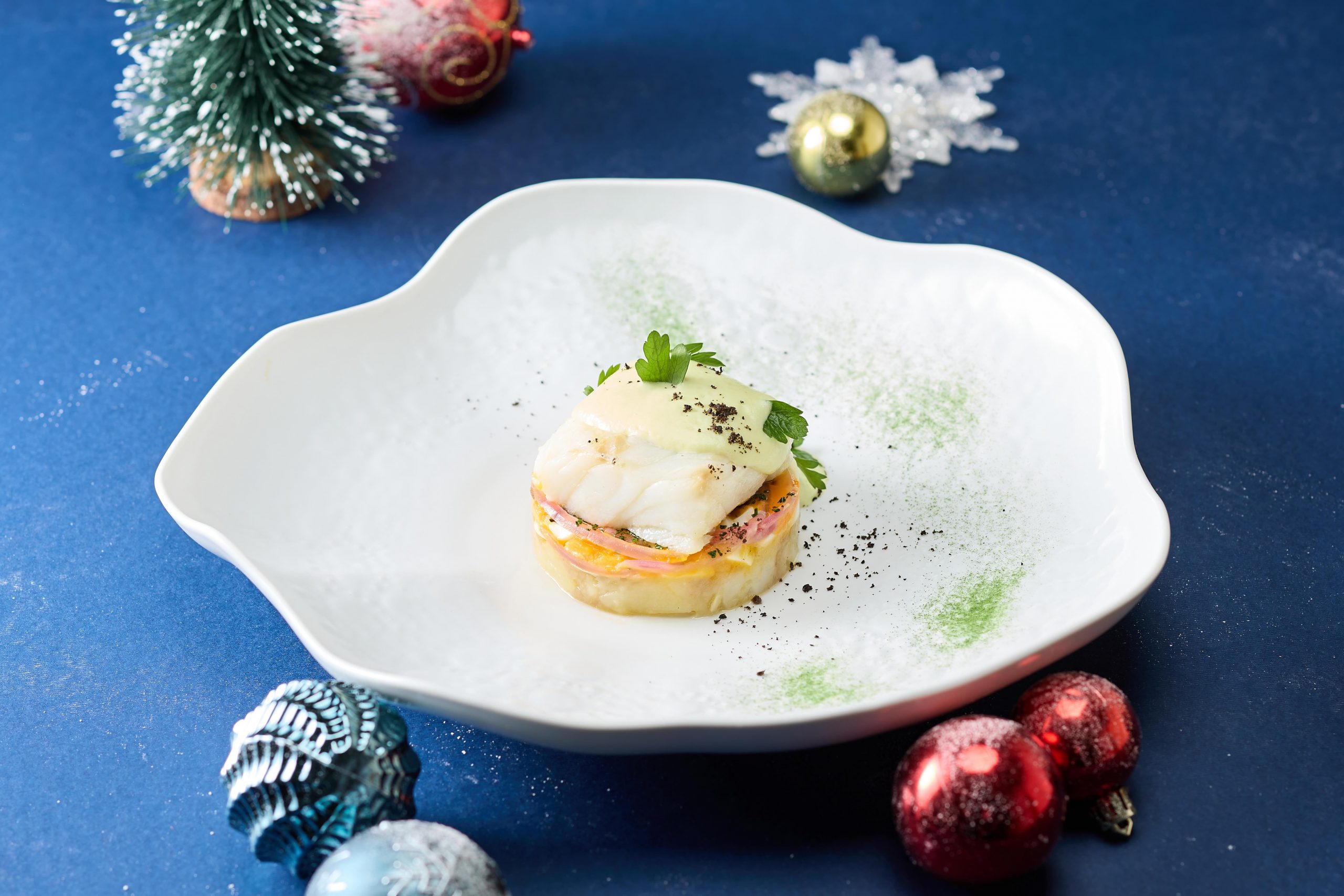
During the holidays, bacalhau (salted cod) is synonymous with Christmas, and the ingredient takes centre stage during consoada, a festive dinner enjoyed with family on Christmas Eve.
Nicknamed fiel amigo, meaning “loyal friend,” the ubiquitous ingredient is thought to have been introduced by European sailors who used salt to preserve codfish for sustenance on long journeys. In Portugal, the tradition of eating bacalhau during Christmas was driven by Catholicism. On fasting days, such as Christmas Eve, a day of purification in Christian religions, many people abstained from eating red meat since it’s associated with sin. Instead, they consumed dried codfish. Over time, people grew to love bacalhau more and more until it became something of a national symbol – and no Christmas is complete without it.
This holiday season, head to Chiado at The Londoner Macao to experience a refined version of Bacalhau à Gomes de Sá (salted cod dish with onions, potatoes and hard-boiled eggs). As the story goes, José Luís Gomes de Sá Júnior was the son of a wealthy cod merchant who enjoyed cooking. After growing tired of making the same cod recipes over and over, he started experimenting with the ingredient and invented this comforting casserole in the early 1900s. When Gomes de Sá Júnior fell on hard times, he sent the recipe to his best friend who cooked at the well-known Restaurante Lisbonense, and the dish has been a Portuguese staple ever since.
Available on the Christmas Dinner Menu (24 and 25 December), celebrity chef Henrique Sá Pessoa has elevated the humble dish by using premium ingredients and artful plating techniques.
From France: Foie gras and bûche de Noël
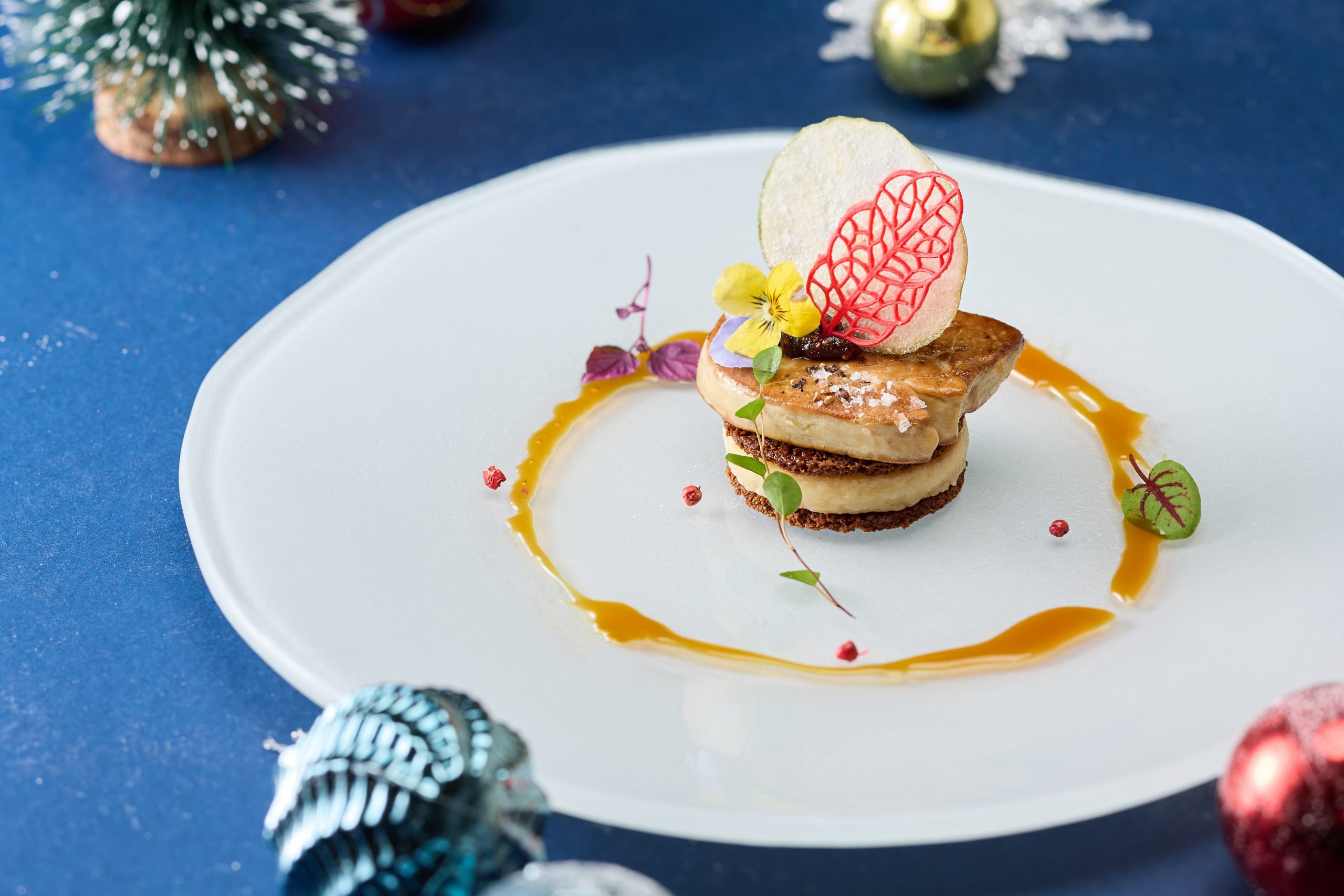
In France, many families sit down for an abundant feast, called le réveillon, where holiday dishes like oysters, smoked salmon, cheese, escargot, caviar, scallops and roast goose stuffed with chestnuts await.
Among the many delights, the most sought-after is rich, creamy foie gras. As the world’s largest producer of foie gras, France has a long history with the prized delicacy, which is thought to have originated in ancient Egypt and then spread across the Mediterranean to Greece and Rome. By the 1500s, French aristocrats and royalty, including Louis XIV, embraced foie gras as a symbol of decadence and sophistication.
Since then, foie gras has become so deeply rooted in the nation’s culture that it’s legally protected in France as part of the cultural and gastronomic heritage.
As for dessert? Bûche de Noël has to be the most iconic holiday cake in France. Resembling a Yule log, the showstopper comprises airy Genoise sponge cake and hazelnut whipped cream topped with chocolate frosting.
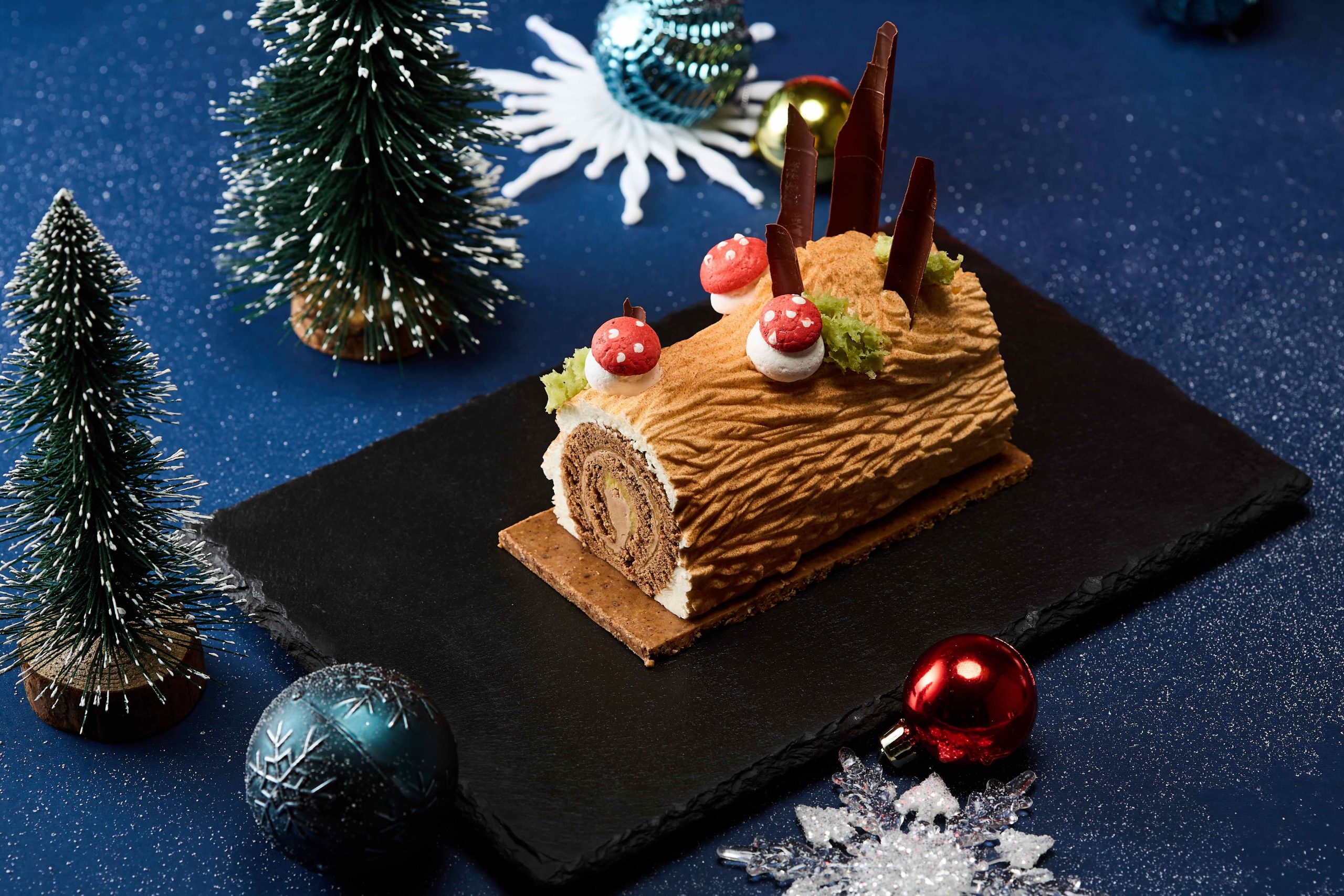
The bûche de Noël stems from a combination of winter solstice traditions in northern Europe. In Mediaeval times, peasants had to cart logs from the woods to their feudal lords’ homes, which were kept ablaze during the holiday season. As time passed, more European families burned their own Yule logs on the hearth, which inspired a French baker to invent the bûche de Noël in the 19th century. Today, these sylvan cakes are a festive favourite in France, as well as in other parts of Europe.
Experience the magic of French holiday gastronomy at Brasserie inside The Parisian Macao, where both the Christmas (available 23-25 December) and New Year dinner menus (30 December-1 January) showcase decadent variations of foie gras. Meanwhile, you can dig into a classic Yule Log cake from now until 31 December.
From France via Japan: Mont Blanc
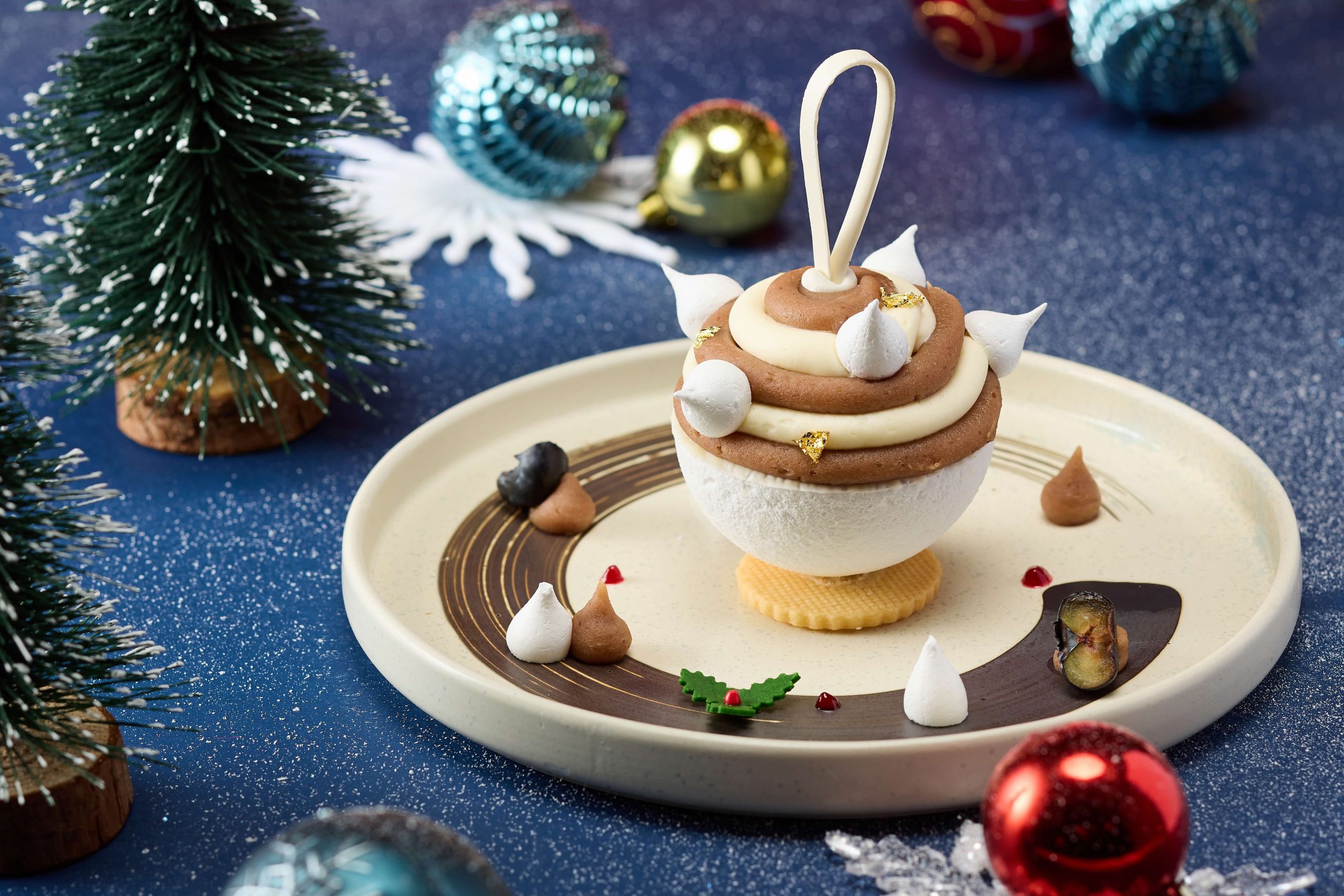
We can’t talk about festive French desserts without mentioning Mont Blanc. Named after the highest mountain in the Alps, which straddles the border of Italy and France, this crispy, creamy dessert features a meringue base under a mountain of chestnut puree piped into long, spiralling strands and an avalanche of whipped cream.
Although both Italy and France claim to have invented the Mont Blanc as early as the 1400s, French patisseries are credited with popularising the dessert in the mid-19th century. It’s been a seasonal staple since, inspiring many riffs worldwide, especially in Japan.
As the story goes, Japanese pastry chef Chimao Sakota trekked to the summit of Mont Blanc in the 1930s and was so inspired that he introduced the dessert to Japan after World War II. Since then, Japanese bakers began experimenting with matcha powder, pumpkins, sakura blossoms, strawberries and purple Okinawan sweet potatoes.
Japanese restaurant Hiro by Hiroshi Kagata, located within The Venetian Macao, has introduced its own twist on the classic dessert. Dubbed the Mont Fuji Xmas Ball after Japan’s famed peak, the delicate pastry will be available from now until 31 December. Resembling a dazzling Christmas ornament, it’s filled with layers of velvety chestnut puree and crispy meringue.
From Great Britain: Beef Wellington and gourmet gift hampers
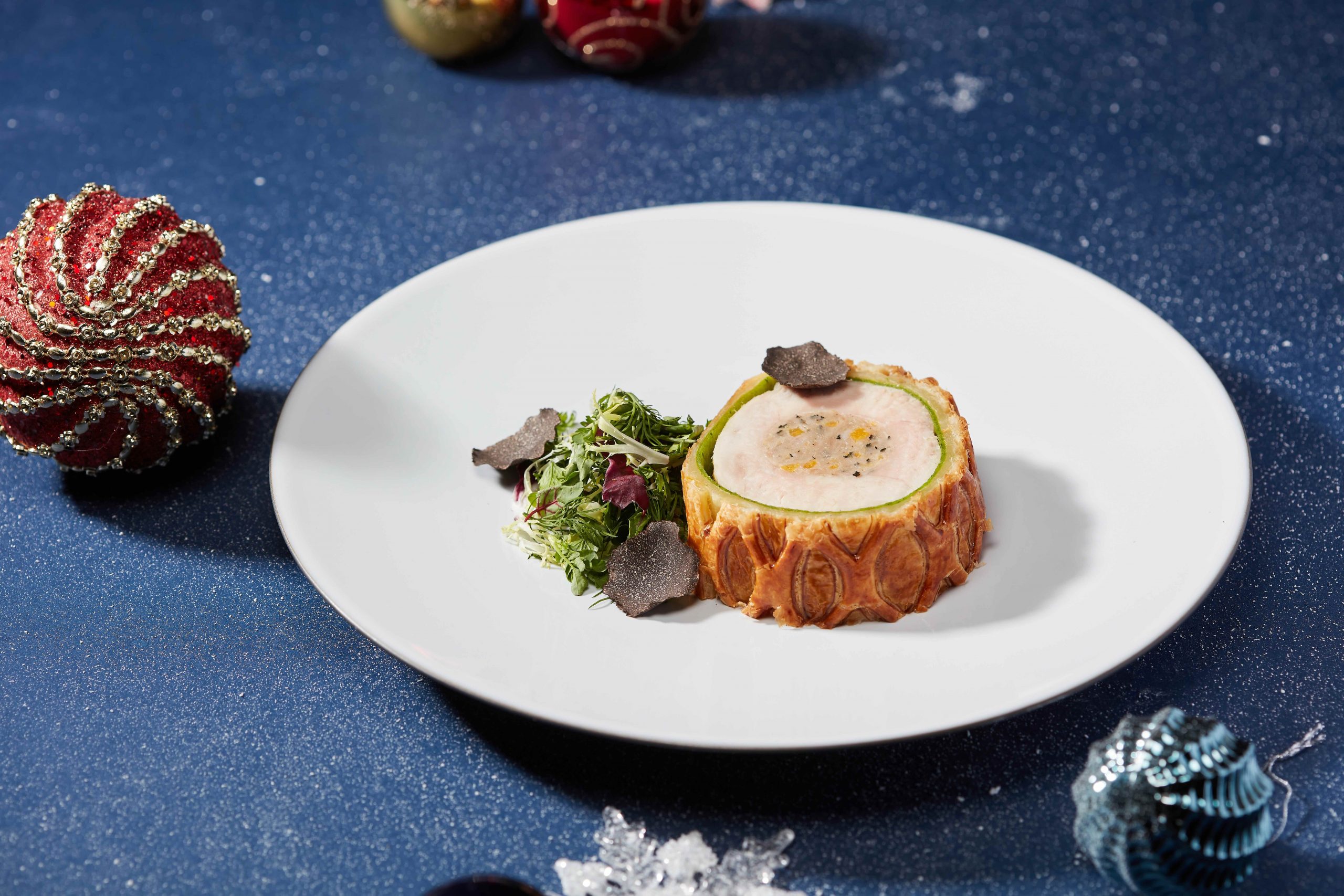
With its flaky pastry shell encasing a tender fillet, chopped mushrooms and creamy liver pate, the Beef Wellington has earned its reputation as a quintessential Christmas dish in Great Britain. There are a couple of generally accepted theories about how the dish came to be.
Some believe it was created for English general Arthur Wellesley, the 1st Duke of Wellington, who famously defeated Napoleon Bonaparte at the Battle of Waterloo in 1815. Others say the dish has nothing to do with the duke, but rather resembles a leather Wellington boot. Most likely, the Beef Wellington was adopted from the French filet de boeuf en croûte and renamed after the English duke.
It also happens to be one of British celebrity chef Gordon Ramsay’s signature dishes and is featured on the festive menus at the newly opened Gordon Ramsay Pub & Grill inside The Londoner Macao.
As part of the Christmas Menu (available 24-25 December), Ramsay offers a fresh take on tradition with a delicious Turkey Wellington featuring cranberry compote and aromatic black truffle. Likewise, the New Year Menu (31 December-1 January) will spoil diners with a classic Beef Wellington elevated by melt-in-your-mouth Wagyu beef, black truffle and red wine jus.
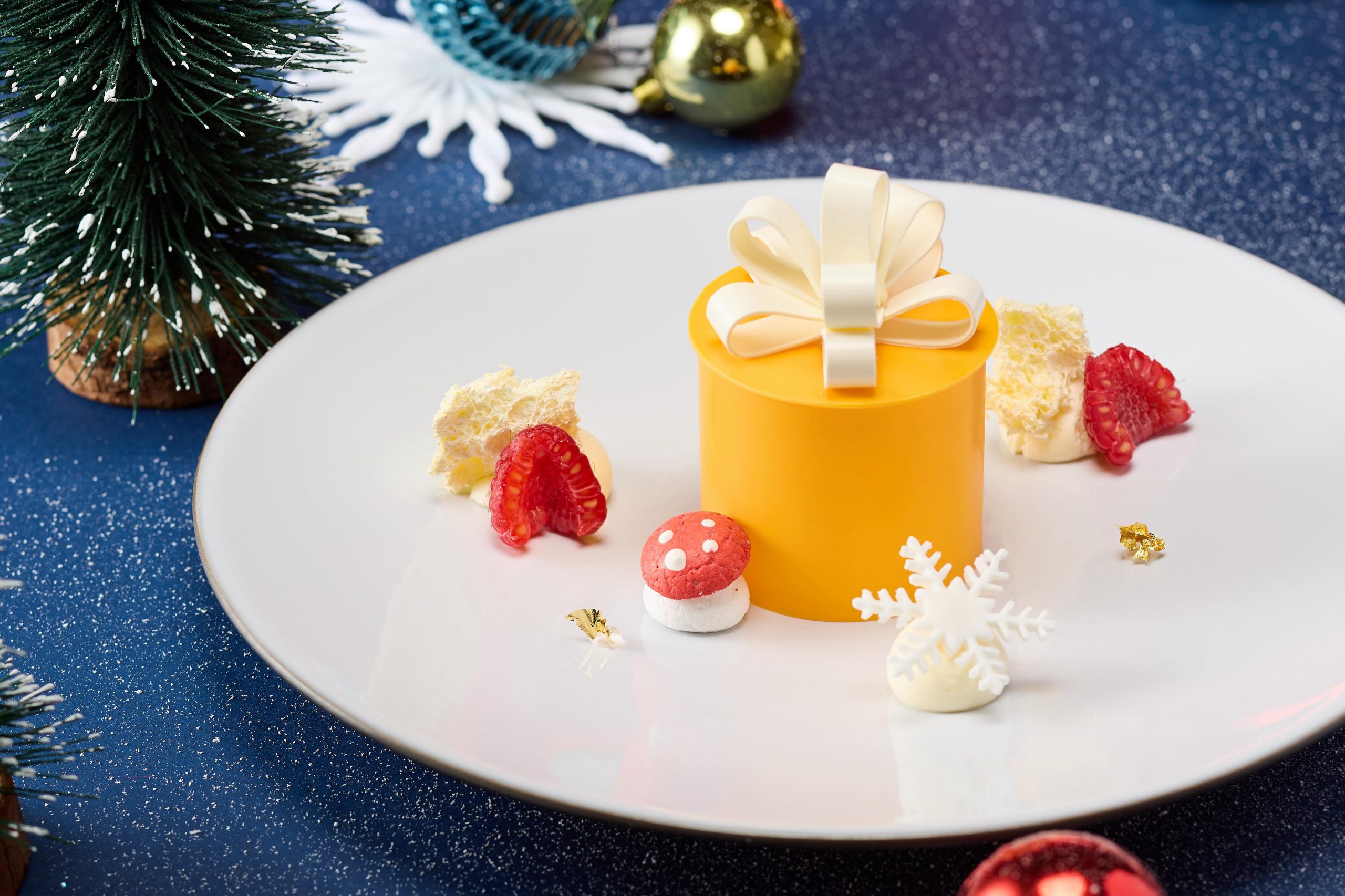
Gift hampers date back to Victorian-era England when affluent families gifted Christmas baskets full of food to servants, who sent them home to their families via rail. Keeping with tradition, Churchill’s Table Boutique has put together festive hampers filled with everything from specialty teas to jams, panettone, chocolates, gingerbread cookies, honeycomb, wine, and more.
While you’re there, take a moment to indulge in the holiday spirit at Churchill’s Table and savour The Gift Box, a special festive dessert, available from now until 31 December. With each bite, you’ll unwrap layers of almond, pecan crunch, pear sorbet, creamy mascarpone and tangy hints of cranberry.
Don’t miss the chance to immerse yourself in winter magic at Sands China’s integrated resorts by sampling a world of holiday meals and treats. Crafted by both European and Asian chefs across 12 signature dining outlets, the tradition of festive celebrations have brought loved ones together over the holidays century after century.
To add an extra sprinkle of enchantment, explore other magical attractions, such as the Harry Potter Exhibition at The Londoner Macao and Sands China’s Light Up Macao installations across Coloane.
Happy holidays!
